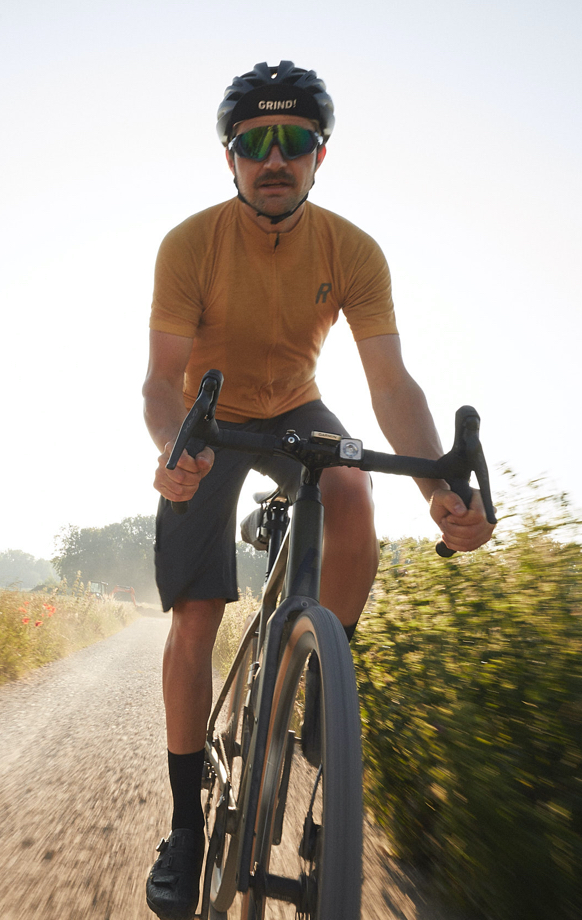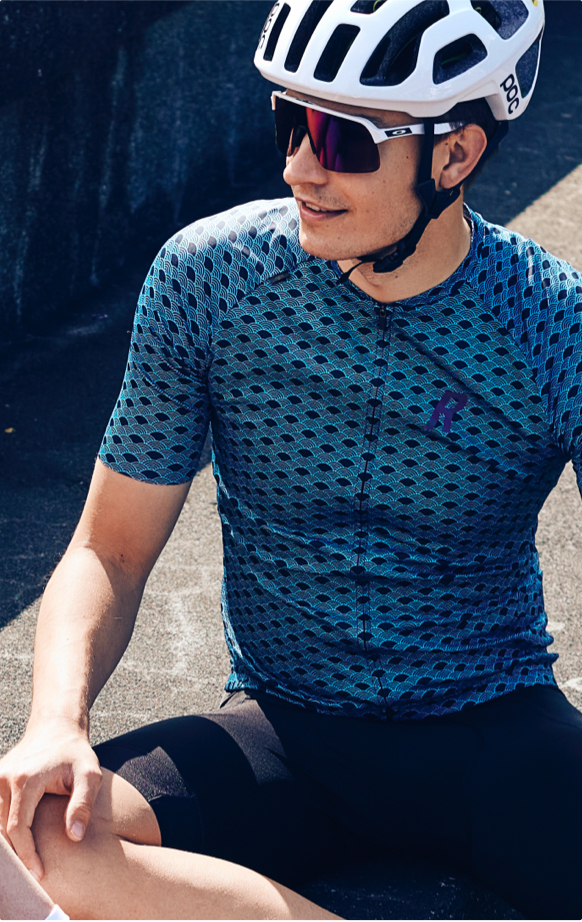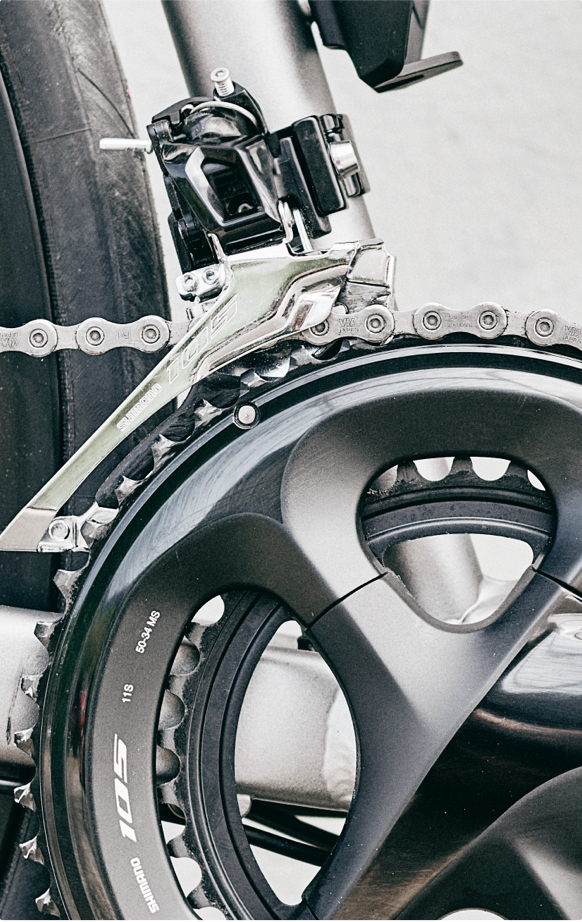How to find the right road bike saddle
There are plenty of cliches and jokes among cyclists when it comes to choosing the wrong saddle. And not just when it comes to impotency and periostitis (inflammation of the sit bone skin), but also long, uncomfortable rides. Luckily the market for sports gear has the past years adapted to the needs of athletes, so that recreational athletes or passionate racers without competitive ambitions can also find the perfect road bike saddle.
)
Ten things you should pay attention to when buying and breaking in a road bike saddle:
- A good saddle hurts: When you’re trying out a road bike saddle, this is already a good indication for finding the perfect saddle. But you need to give it some time, because even the right saddle can hurt on the first few tours. The reason for this is the periosteum, or sit bone skin. While you’re trying to find the perfect position on your new saddle, the periosteum gets inflamed, which actually just means that your body is getting used to the seat. If you’re constantly trying out different saddles while searching for the perfect one, then this process starts all over again each time. But only if doesn’t improve after multiple rides does it mean that the saddle is wrong.
- Try something new: When you pull your road bike out of the cellar in the spring and the saddle doesn’t fit right anymore, there can be several reasons. One reason might be that the sit bones have to get used to the saddle again, which can take a few days, or the saddle could be too worn out. That would mean that you definitely need a new saddle.
- Don’t fret about the measurements: Every runner knows their shoe size, but does every cyclist know the distance between his sit bones? This measurement is really only relevant when you’re looking for the perfect racing saddle, since the sit bones are the part of you against the saddle. So ideally you should know the distance between your sit bones, then you’ll have a better idea of which saddles to consider when shopping. Tip: In the Biketown Bocholt or in our store in Munich, you can let yourself be measured using the newest technology for finding the optimal saddle for your body type and requirements.
- On the topic of gender: BWhen it comes to racing saddles, there are some important differences between men and women - and not just in terms of riding styles. Since the perineal area is usually more sensitive for men and the pubic bone arch is lower for women, the basic seat requirements differ greatly.
- Leather or plastic: While a saddle made of plastics is cheaper and generally needs less time to wear-in, you’ll find that leather will adapt better to your individual seat. Naturally, leather is also more weather-sensitive and should, for instance, be regularly treated with saddle grease. But a clear recommendation one way or the other just isn’t possible when it comes to choosing the perfect racing saddle.
- Speed vs. Comfort: There are basically two options for pressure points while perched on a road bike, namely the pubic area or the seat bone. The classic forward-leaning position of the cyclist puts pressure on the pubic bone, while more relaxing cycling puts pressure on the sit bone. This naturally affects the requirements that you have for your perfect saddle. Do you actually use your road bike for road races or velothons or are you mostly speeding comfortably to work? It might be sensible then to buy two different saddles.
- Professional athletes aren’t comfortable: For many types of sports you can just buy the same gear that professional athletes have and know you’re on the safe side. But the same can’t be said for racing saddles, as professional saddles are quite expensive and also weight optimised down to the last gram. Carbon or titanium are usually used. A road bike saddle for the larger population, however, is designed with an eye for comfort and often offers a middle rail - a significantly more comfortable saddle shape. Padded bike shorts also help to redistribute some of the pressure.
- In the water: It isn’t always automatically the fault of the saddle when something doesn’t sit right. It can often be wrong settings that make an otherwise well-fitting road bike saddle dissatisfactory. This isn’t just a matter of setting the correct height, but also the angle of the seat. It should be perfectly level (if the bike were floating in water) or at most – since the angle can’t be adjusted more exactly – the nose can be pointed slightly downwards.
- And now the most important question: Is impotence really a risk? The answer is a clear maybe. Reason being that while modern racing saddles for men have been especially designed without a middle groove to reduce pressure on the testicles a reduction in sperm production can be primarily traced back to overheating. Too long cycling with the wrong equipment can indeed (mostly temporarily) negatively affect the product of spermatozoa. The right cycling clothing and a comfortable saddle can however prevent long-time effects. To avoid over-heating, make sure to raise your body out of the saddle now and then while riding.
- Testing, testing, testing: The perfect racing saddle for all cyclists doesn’t exist, and since the saddle is more or less the thing that binds you and your bike, you should really go for maximum comfort. Don’t be afraid to test a few models and find the fitting surface for your specific sit bones, because then you’ll be able to find the saddle that was made for you.
)
)
)
)